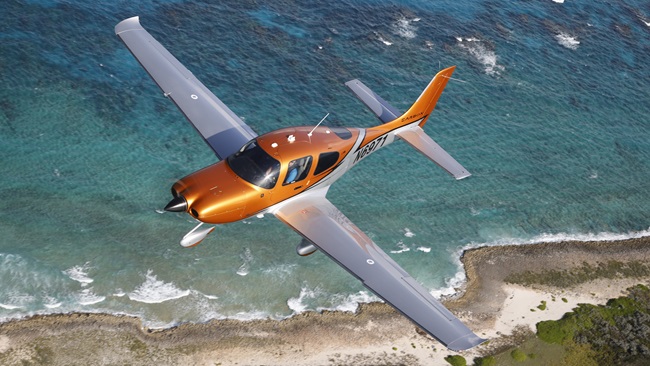AOPA encourages Cuban aviation
Located just 90 miles south of Key West, Cuba was a frequent general aviation stop prior to the revolution that installed a communist government in the early 1960s, resulting in severe sanctions by the U.S. government, which included restrictions on Americans’ travel to the island.
Today, under liberalized rules, U.S. citizens can travel to Cuba under one of 12 licenses approved by the Treasury Department. However, for GA pilots, there are additional paperwork hurdles to cross before launching for Havana or one of the other nine international airports there.
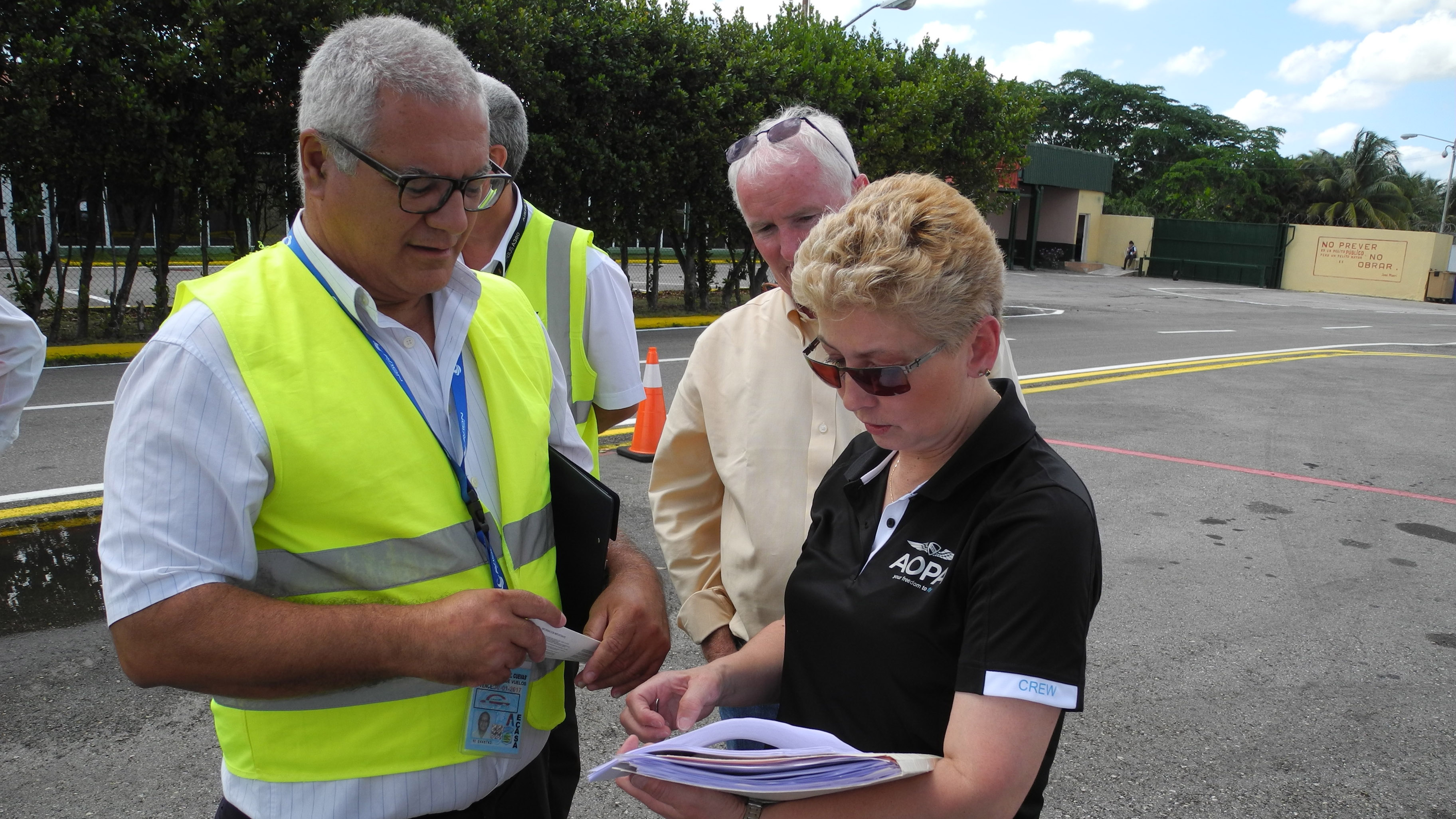 AOPA staff traveled to the capital city under a professional research and professional meetings license, flying a Cessna Caravan from Key West. While a pilot can make arrangements for a visa and landing permit number, which must be included on the international flight plan form, as well as for processing through customs and passport control, Cuban aviation authorities recommend an international handler be involved to ensure a smooth process. Even using a handler, arrival and departure procedures each took some 90 minutes or so for the AOPA flights, including paying of fees, getting required signatures on numerous documents, filing flight plans, and getting approved routings. Nearly all flying to and within the island is IFR, although officials said “controlled VFR” was possible for domestic flights.
AOPA staff traveled to the capital city under a professional research and professional meetings license, flying a Cessna Caravan from Key West. While a pilot can make arrangements for a visa and landing permit number, which must be included on the international flight plan form, as well as for processing through customs and passport control, Cuban aviation authorities recommend an international handler be involved to ensure a smooth process. Even using a handler, arrival and departure procedures each took some 90 minutes or so for the AOPA flights, including paying of fees, getting required signatures on numerous documents, filing flight plans, and getting approved routings. Nearly all flying to and within the island is IFR, although officials said “controlled VFR” was possible for domestic flights.
In all, there are 23 airports on the island, 10 with international services.
Access to avgas is generally not a problem at most larger airports, thanks to wide use of piston-powered agricultural aircraft. Avgas can be transported to other airports with notice, according to Castillo. According to a group of Twin Cessna Flyers also congregated in Havana last week, the price of avgas is about $3.70 a gallon, although purchases must be made with Cuban pesos; U.S. credit cards and debit cards do not yet work in Cuba. The price of avgas across the island is evaluated weekly and is frequently priced the same as that in the Dominican Republic, officials report.
In meeting with the Cubans, AOPA President Mark Baker assured them that while U.S. pilots are anxious to visit the nation, everyone is interested in a safe and predictable experience.
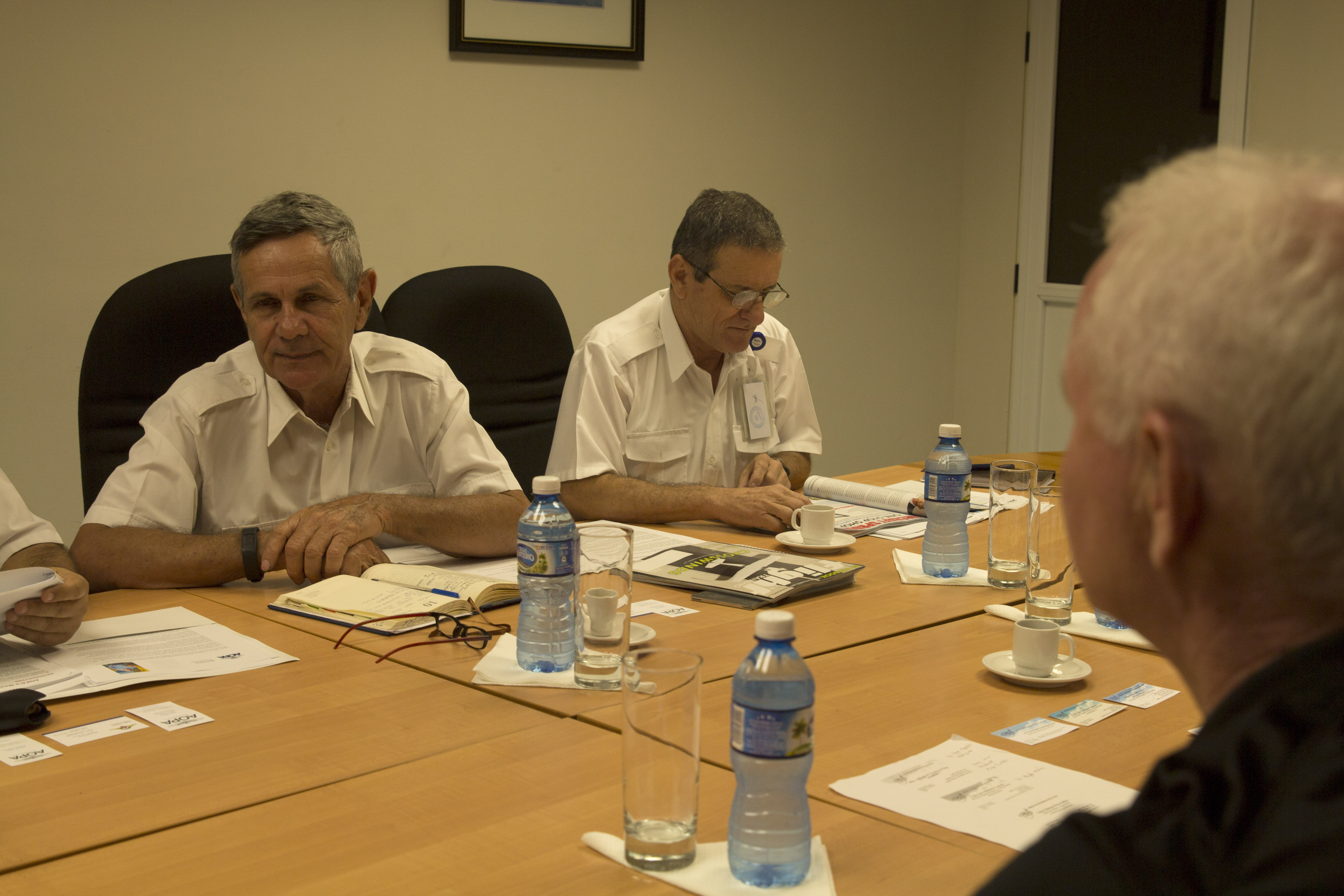
Castillo agreed. “For us, safety is first. We are on the same path. We are concerned about the increase in general aviation traffic and we thank you for your offer to help with education and more information on safety. We take note of what you do.”
One challenge for the nation used to only military and airliner operations is mixing lighter GA traffic with faster airliners and understanding the capacity needs of GA. Craig Spence, AOPA vice president of operations and international affairs and also secretary general of the International Council of Aircraft Owner and Pilot Associations, offered numerous examples of U.S. airports where airline, military, and GA operate in harmony. Especially around Havana, there are additional airports closer to the center of the city that would make for ideal GA reliever facilities, keeping traffic away from the main airport. AOPA staff invited Cuban authorities to the United States to tour various types of airports and to learn more about GA operations.
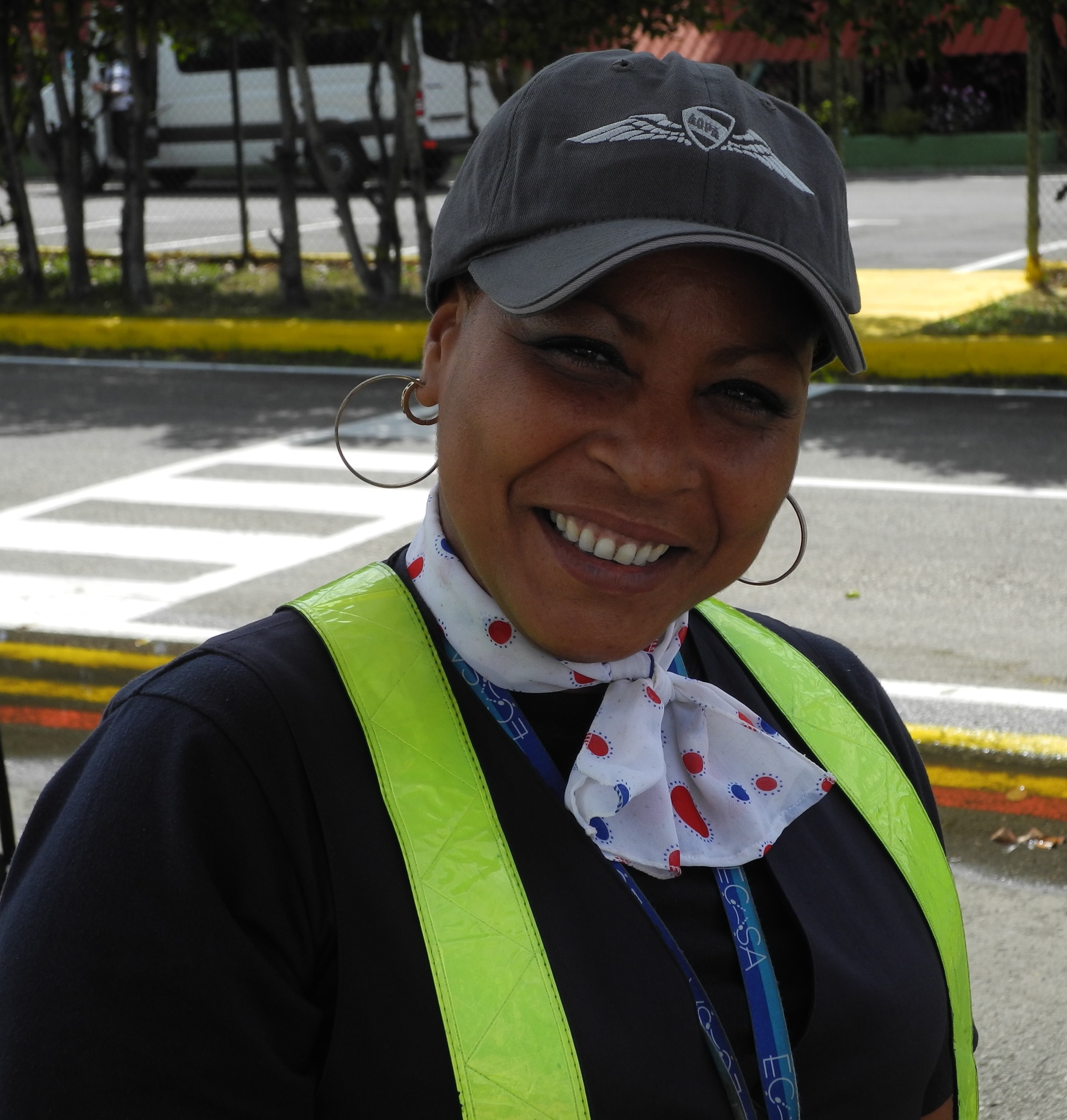
For more on flying to Cuba, visit AOPA’s Caribbean Flying pages.
Meanwhile, individual pilots and aviation enthusiasts in Cuba are anxious to see GA prosper there and are welcoming to GA pilots from around the world. During the island visit, AOPA staff traveled to Kawama Airport near the resort community of Varadero to meet with members of numerous aviation clubs. The meeting was arranged by Ernesto Efren Adlum Segui, the president of the 80-year-old Aero Club of Cuba, which boasts more than 1,000 members. Others attending included members of the Sport Aviation Federation, the Aeromodelling Federation, and the Airclub of Varadero. The groups have recently been given management rights for Kawama, a single-runway airport that someday could make for easy access to the peninsula’s famous white beaches.
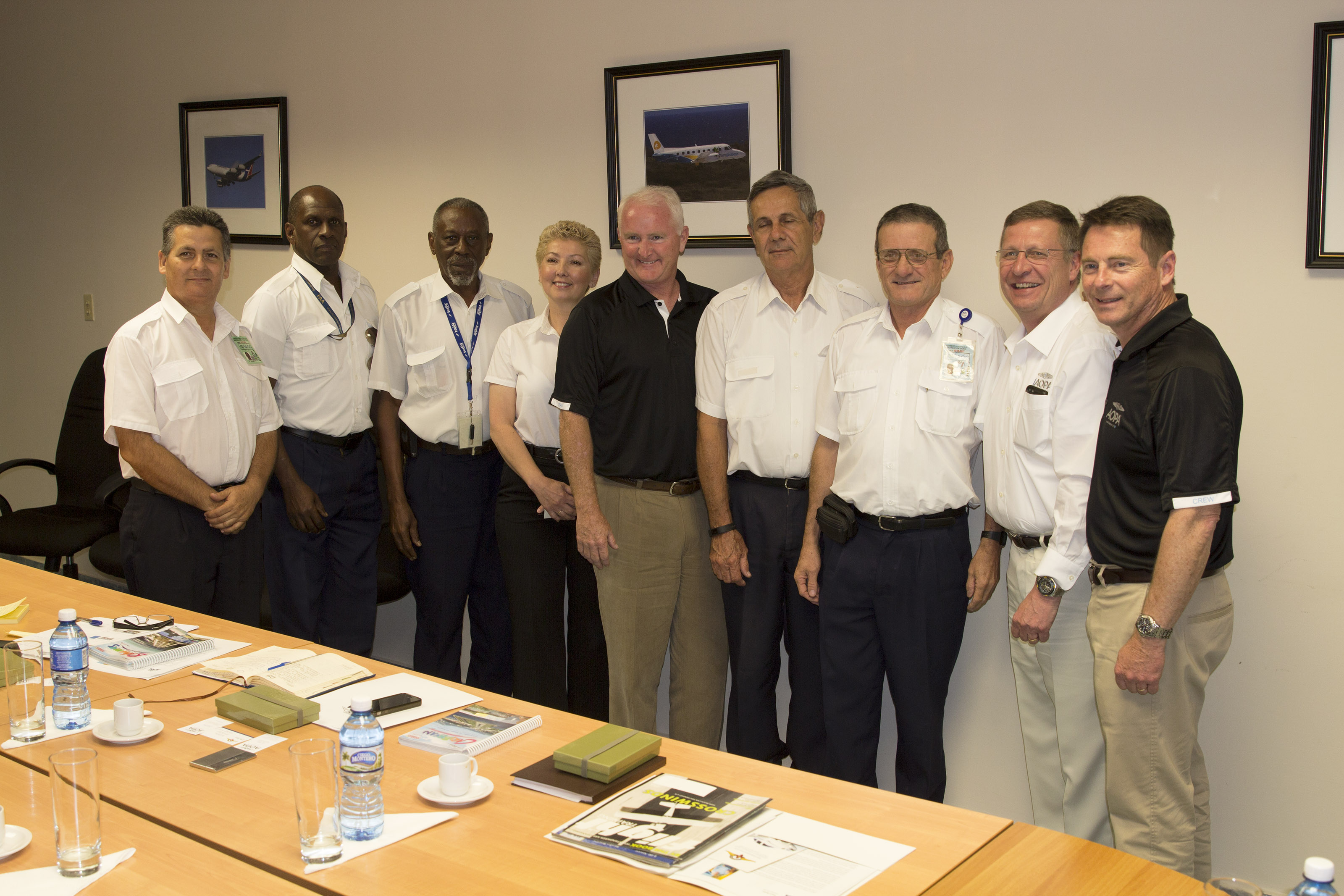
While there is much enthusiasm for private flying, almost none of it occurs. The Aero Club, for example, has no airplanes, although it is seeking a donated airplane. There is a very active commercial skydiving operation at Varadero, which uses Antonov An-2 radial-engine biplanes as jumplanes and a Russian helicopter. Once-popular glider operations are mostly prohibited. The island once had three floatplanes, but at least one sunk and others were grounded because of maintenance problems.
Spence plans to continue discussions with the groups about forming an IAOPA affiliate in Cuba, which may help them organize efforts to promote GA flying there.




